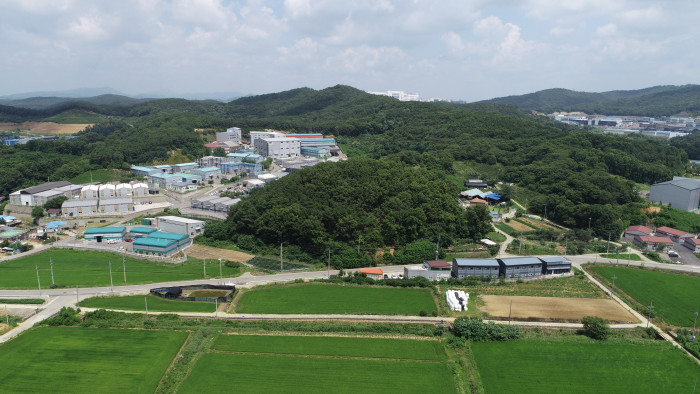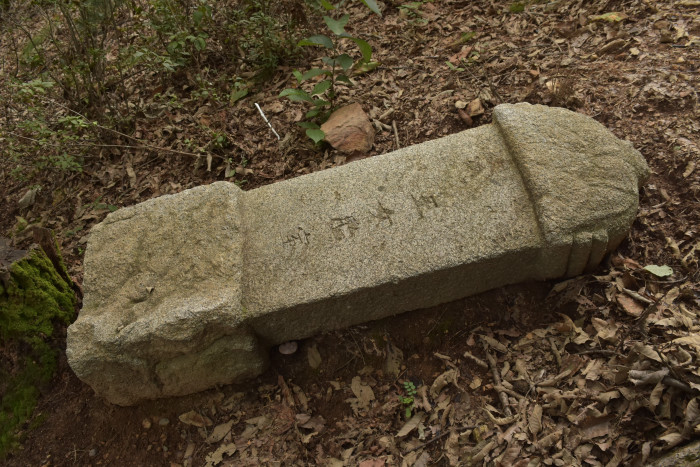GyeongGi Cultural Foundation
Finding the Roots of the Joseon Dynasty
Gyeonggi-do and GyeongGi Research Institute of Cultural Heritage held an interim briefing session on the survey of Gyeonggi-do Taebong (Taesil) on September 23rd.
Taesil refers to the place where the Tae (Tae half and umbilical cord) is sealed after giving birth in the royal family, and a tombstone is also erected. Taebong is the redecoration of Taesil of the prince who later rose to the throne. Unfortunately, Taebong (Taesil) was not systematically managed after the Japanese occupation period and industrialization, so many of them disappeared and were damaged.

▲ Taebong located in Chukhyeon-ri, Paju
Gyeonggi-do confirmed that there are 13 remaining Taebongs (Taesil) in the province in December of last year for 26 locations surveyed by the National Institute of Cultural Heritage in 2008. Based on this, Gyeonggi-do conducted a thorough survey on Taebong (Taesil) with the GyeongGi Research Institute of Cultural Heritage in April of this year, and as a result, 30 sites were identified, and 10 of them were the first sites to be discovered. Gyeonggi-do will protect the remaining Taesil and promote the designation of cultural properties for the location.
As a result of this total survey, two Taesil locations in Wondang-ri, Gwangju, where the location was unclear at the time of the 2019 survey, and two Taesil locations in Gwangjeon-ri and Naegak-ri, Namyangju, were also identified, and two Taesil monuments to the princess of Seongjong. In addition, the existence of Taesil monument in Baetae-ri, Anseong, was also confirmed through a report from the residents of the province. As a result, a total of 30 Taesils have been confirmed to date. 12 artifacts have been newly identified, including a baby monument, a Tae locker, and a stone artifact from sealing.

▲ Gyeonggi-do A baby monument to Princess Seongjong found in Wondang-ri, Gwangju
Based on the results of this survey, Gyeonggi-do plans to conduct an annual detailed excavation investigation in four locations including Taebong in Wondang-ri, Gwangju, and track related artifacts such as Taebong, Ikjong in Seongdong-ri, Pocheon and Taebong in Chukhyeon-ri, Paju, to find their proper places.
In addition, Taesil, which has excellent preservation conditions, is designated as a cultural property to protect, and plans to install boundary fences in cooperation with relevant municipalities to protect Taesil, which is far from private houses.
Jeongsik Lee, Gyeonggi-do’s Cultural Heritage Manager said, “I felt painful and sad to see the baby monuments that fell and scattered in the forest. Based on this total survey, Gyeonggi-do actively protects the remains and relics of Taebong and is meaningful to the citizens. I will try to remain a cultural heritage.” Gyeonggi-do and GyeongGi Research Institute of Cultural Heritage plan to finalize the investigation by completing the final report in November and proceed with detailed plans in the future.
<Copyright(c)2002 GGC All rights reserved.>
- Writer
- GyeongGi Cultural Foundation
- About
- Everything about the GyeongGi arts and culture, GGCF
- homepage
- https://www.ggcf.kr/